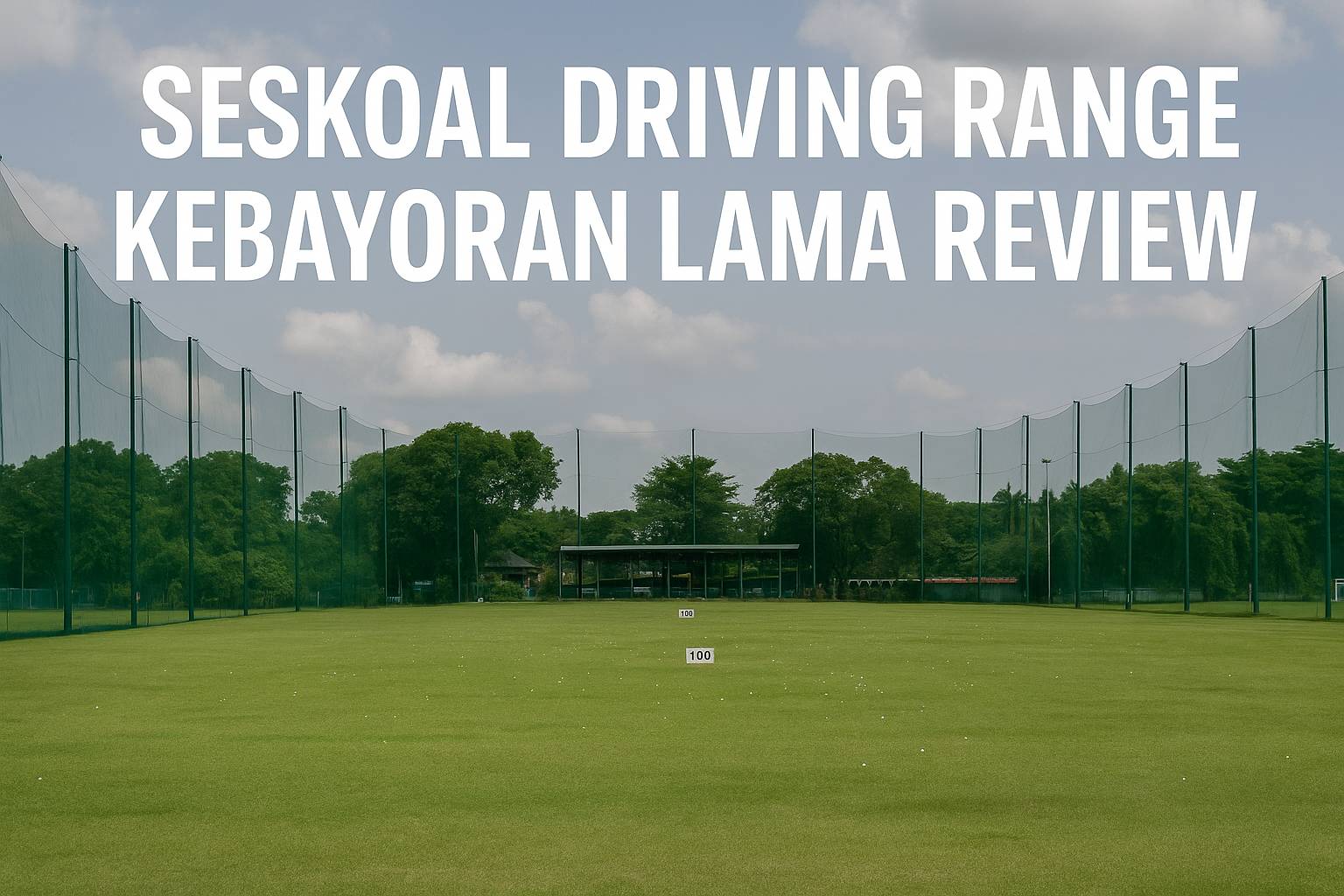In golf, a player’s ability to craft shot strategy is heavily influenced by their grasp of course elements. One of the most crucial yet often underestimated components—especially by beginners—is the fairway. Although it may look like nothing more than a broad strip of green grass, the fairway is actually the primary corridor designed to maximize playing efficiency.
The fairway is the main target after the initial tee shot and serves as the most ideal transition lane before a player reaches the green. By mastering the structure, function, and tactics for playing from the fairway, golfers can boost shot accuracy and increase their chances of posting lower scores. GoGolf breaks it all down systematically below.
What Is a Fairway in Golf?
A fairway is the main area on a golf hole situated between the tee box (first-shot area) and the green (the hole area). It is the ideal landing zone players aim for after teeing off, because fairway grass is cut short and even, making the next shot easier.

Fairway Traits & Characteristics
The fairway stretches from the tee box—the starting point of play—almost to the green, which is the final putting surface. It is engineered as the optimal transition zone for golfers advancing toward the hole.
Location & Surface
Always positioned between tee and green, the fairway forms the primary corridor of play. Its turf is meticulously maintained, mown to about 10–15 mm using special equipment so the ball can roll and be struck with minimal resistance.
Typical width ranges from 20–40 m, though this varies with design and hole difficulty. Tougher layouts often feature narrower fairways to test accuracy; beginner-friendly or practice holes may be wider to allow more error margin.
Contours & Drainage
Many fairways are gently undulating to mimic natural terrain and add subtle challenge. Drainage is critical—fairways must remain playable in all weather, particularly after rain.
Strategic Role of the Fairway
Beyond serving as a mere transition strip, the fairway is central to a golfer’s game plan. Securing a fairway lie after the tee shot confers multiple advantages unavailable when the ball ends up in rough or hazards.
Ideal Route to the Green
A ball on the fairway grants easier, more precise access for the approach shot. Thanks to its pristine surface, players can swing optimally without worrying about tall grass or extreme slopes.
Superior Shot Control
Loss of control is a golfer’s bane, especially on subsequent shots. A fairway lie is stable, making it simpler to deliver the desired direction and power—unlike rough lies, where long grass can grab the club and misdirect the shot.
Avoiding Obstacles & Penalties
The fairway is largely free of bunkers, water hazards, and trees common along its flanks. Consistently keeping the ball here helps players dodge penalty strokes and save shots.
Fairway vs. Rough
| Aspect | Fairway | Rough |
|---|---|---|
| Grass Height | Short, even | Taller, thick, uneven |
| Difficulty | Easier to control | Hard to control; ball may hide |
| Ideal Lie | Yes—perfect for next shot | No—often demands recovery |
Consistently finding the fairway signals strong tee-shot accuracy, while landing in rough usually forces higher-risk recovery shots.
Fairway Length & Width by Hole Type
Hole design (par 3, par 4, par 5) greatly influences fairway dimensions.
Par 3 Fairways
Par 3 holes are short; many players aim directly for the green. The fairway here is often just a narrow strip to catch tee shots that miss the target.
Par 4 Fairways
Par 4s are the most common. Fairways run about 300–450 yd (275–410 m). Accurate tee-shot placement is vital because the second stroke typically targets the green. Width is moderate, offering strategic angles.
Par 5 Fairways
The longest holes—sometimes 500 yd (≈460 m) or more—feature wider fairways to accommodate two or three shots before the green. Some are dog-legged, rolling, or tapering to add strategic spice.
Conclusion: The Fairway’s Central Role in Golf Strategy
The fairway is an essential design element that shapes overall play. It provides the ideal lane for the ball to travel from tee to green with minimal difficulty. A golfer who keeps the ball on the fairway showcases control, accuracy, and sound strategic planning.
For training, beginners are advised to prioritize accuracy over distance to land on the fairway more often. Deep knowledge of fairway contours, surface conditions, and ideal next-shot positions will significantly help reduce overall scores.
[ Follow our social media Account: GoGolf Instagram | GoGolf Facebook | GoGolf X ]











